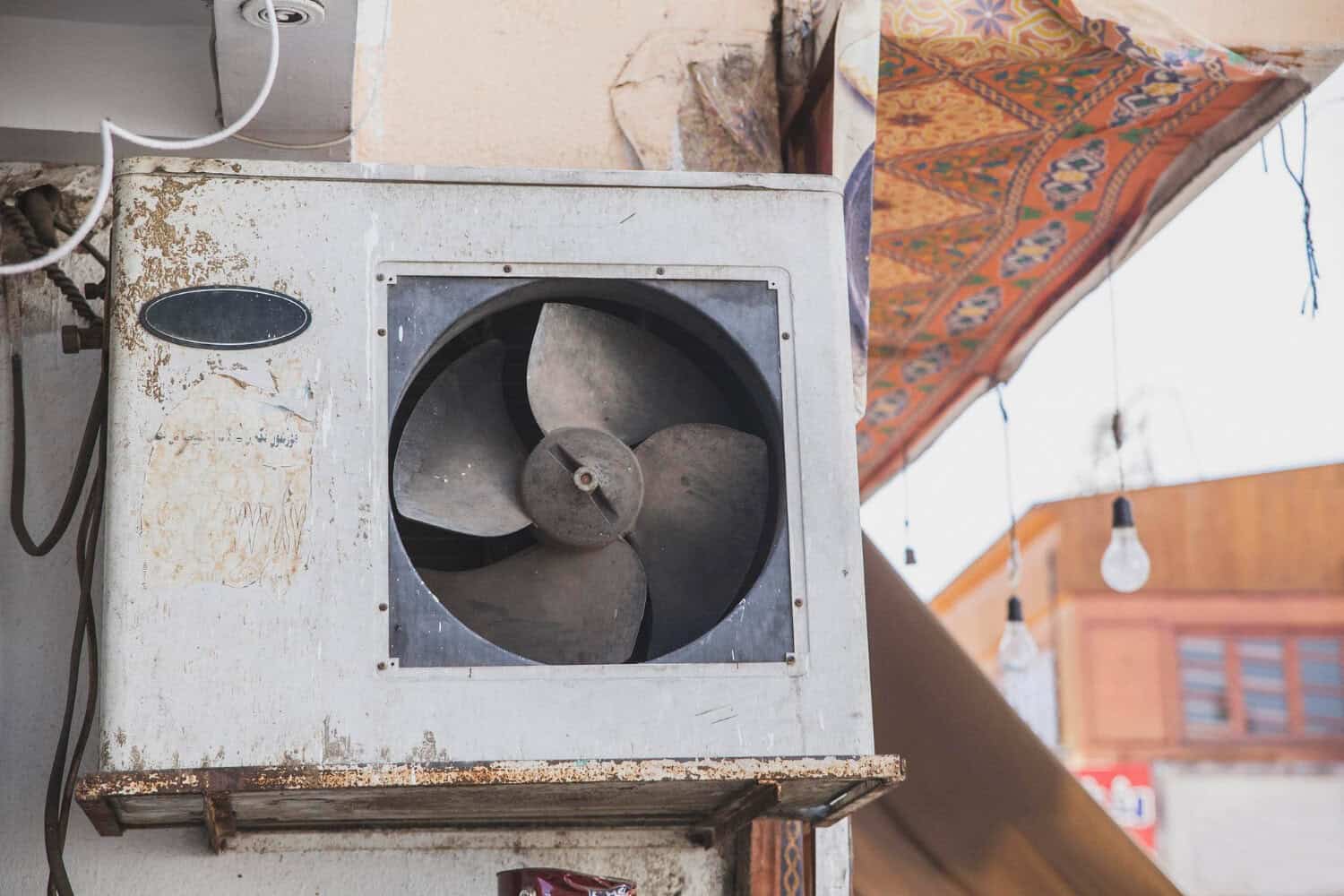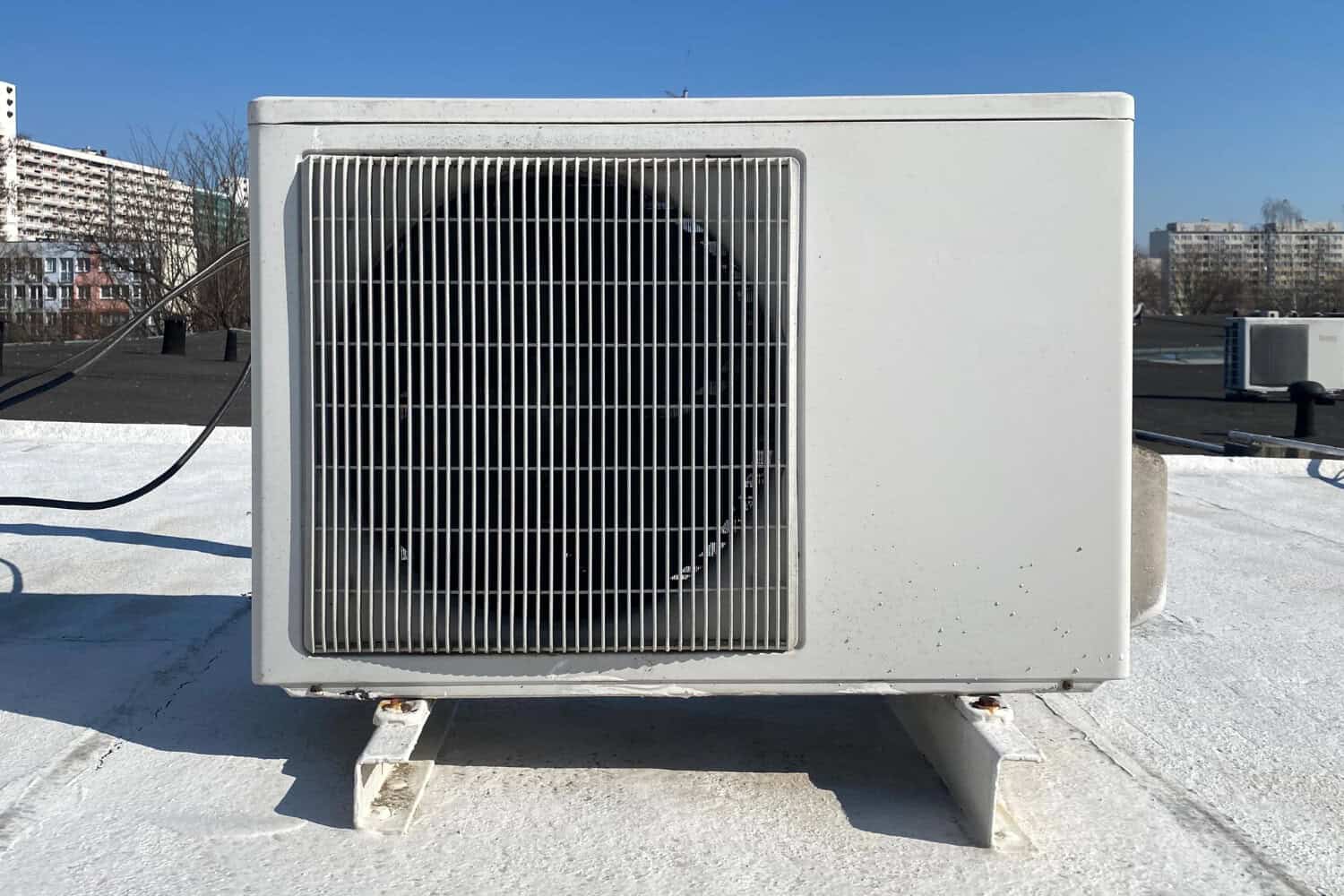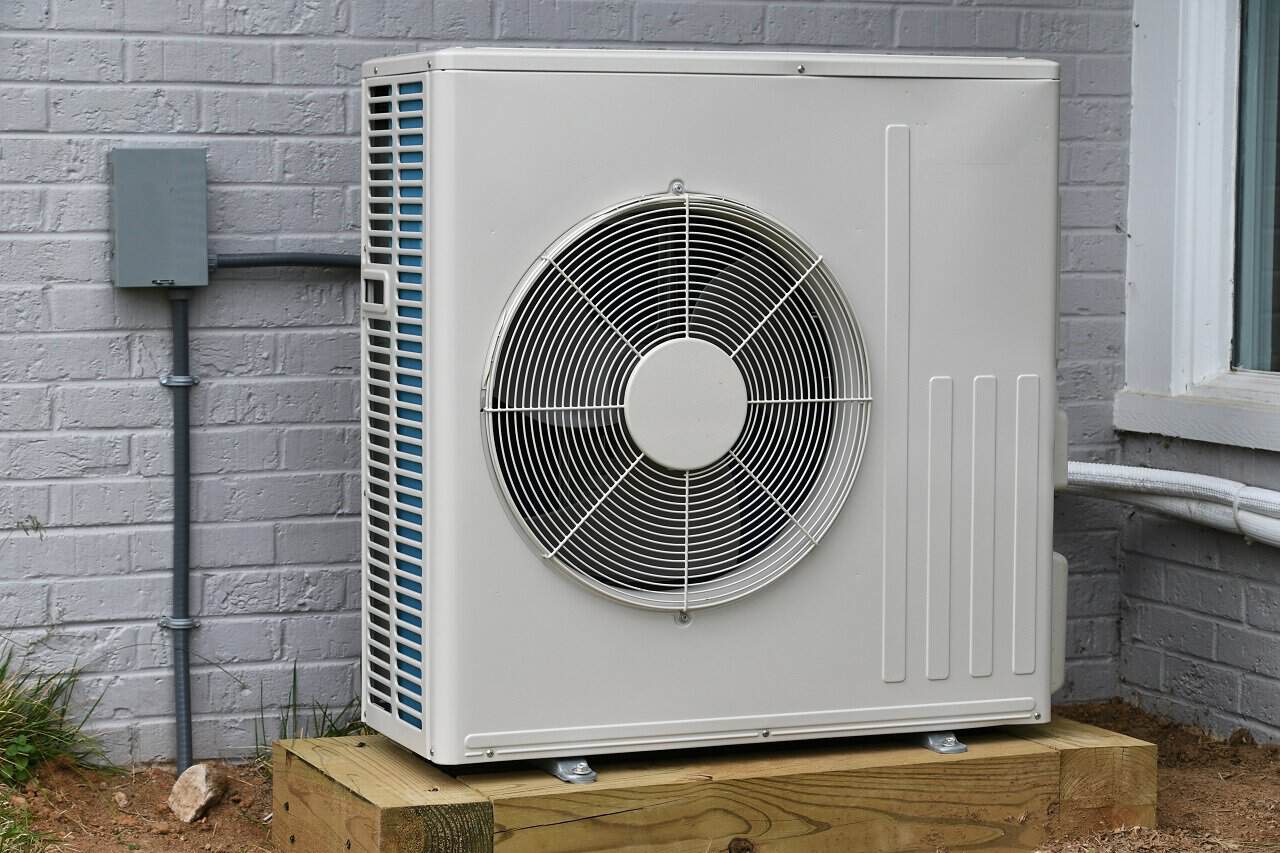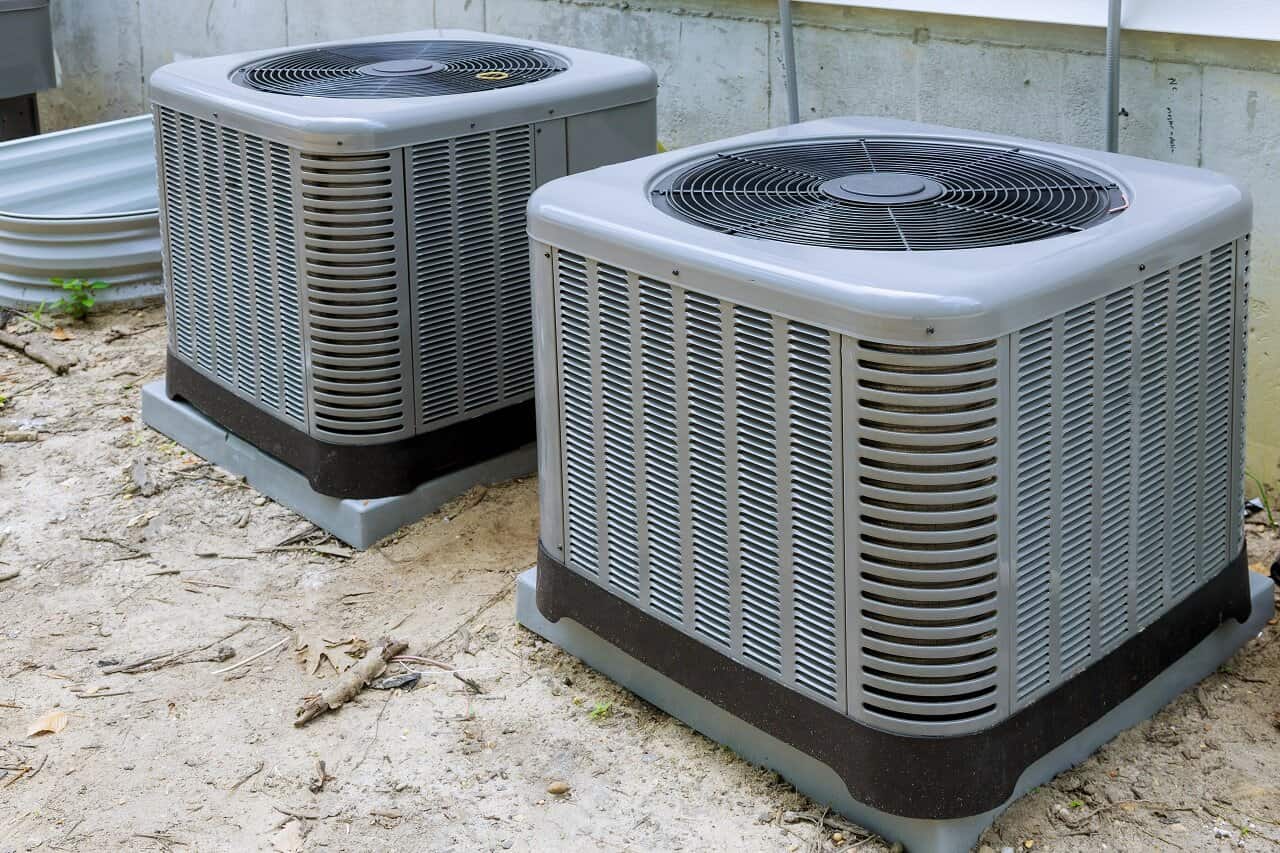Deciding to replace your old HVAC system can feel overwhelming. However, keeping an outdated system can lead to higher energy bills, inconsistent heating or cooling, and even expensive repairs. Knowing when it’s time to replace your HVAC system can save you money and improve your home’s comfort.
Your HVAC system works hard to keep your home comfortable year-round. But like any other appliance, it has a limited lifespan. When it starts to show signs of wear and tear, you may face frequent breakdowns and expensive repair bills. Understanding these signs can help you decide if replacing your system is the best option.
Additionally, new HVAC systems come with many benefits, including improved energy efficiency and better air quality. With technological advancements, modern HVAC systems are more reliable and offer features that can enhance your home’s comfort. Making the switch might seem costly upfront, but the long-term advantages are often worth the investment.
By considering these factors and knowing what to look for, you can make an informed decision about when to replace your old HVAC system. This can lead to a more comfortable living environment and potential savings on your energy bills.
Signs Your HVAC System is Failing
Recognizing the signs of a failing HVAC system can help you decide when to replace it. One of the first indicators is the age of your system. If your HVAC system is over 15 years old, it may be nearing the end of its lifespan. Older units tend to be less efficient and may require more frequent repairs.
Another sign is inconsistent temperatures throughout your home. If certain rooms are too hot or too cold despite the thermostat setting, your system might be struggling to distribute air evenly. This could be due to worn-out components or issues within the ductwork.
Unusual noises can also be a red flag. Grinding, squealing, or banging sounds indicate that something might be wrong with your HVAC system. These noises often mean parts are wearing out and the system is not operating smoothly.
A noticeable increase in your energy bills is another sign. As HVAC systems age, they become less efficient, using more energy to maintain the same level of comfort. If you’ve seen a significant spike in your utility costs without any major changes in usage, it might be time to consider replacing your system.
Frequent repairs are also a major indicator. If you find yourself calling a technician multiple times a year, the costs can add up quickly. Investing in a new system can be more cost-effective in the long run than continually fixing an old one.
Costs of Repairing vs. Replacing
Deciding whether to repair or replace your HVAC system involves weighing the costs. Repairs can range from simple fixes to more expensive overhauls. Minor repairs might be affordable and extend the life of your system, but constant repairs can become a financial burden.
Start by considering the cost of each repair. Small issues like a clogged filter or a malfunctioning thermostat are usually inexpensive to fix. However, if major components like the compressor or heat exchanger need replacing, the costs can be substantial. When repair costs begin to approach half the price of a new system, replacement might be the better option.
Next, think about energy efficiency. Older systems often operate at lower efficiency levels, meaning they use more energy to heat or cool your home. This results in higher utility bills. Newer HVAC systems are designed to be more energy-efficient, which can lead to significant savings over time. While the upfront cost of a new system is higher, the long-term savings on energy bills can offset this initial investment.
Consider the potential for future repairs. As HVAC systems age, the likelihood of additional issues increases. Continually sinking money into repairs on an aging system is often less wise than investing in a new, reliable unit. New systems come with warranties that cover parts and labor, providing you peace of mind and avoiding unexpected expenses.
Finally, think about the comfort and reliability of your home’s heating and cooling. A new HVAC system will provide more consistent temperatures, better air quality, and greater peace of mind, knowing you’re less likely to face unexpected breakdowns.
Benefits of a New HVAC System
Upgrading to a new HVAC system offers several benefits that can enhance your home’s comfort and efficiency. One of the main advantages is improved energy efficiency. Modern HVAC systems are designed to use less energy while providing consistent heating and cooling. This means you can enjoy a comfortable home without worrying about high utility bills.
Another benefit is better indoor air quality. New HVAC systems come with advanced filtration options that can remove more dust, pollen, and other particles from the air. This is especially beneficial if you have allergies or respiratory issues. Cleaner air means a healthier environment for you and your family.
Enhanced comfort is also a significant benefit. New systems can maintain more even temperatures throughout your home. They come with features like programmable thermostats and zoning capabilities, allowing you to control different areas of your home more precisely. This leads to a more comfortable living space overall.
Additionally, newer systems are quieter. Advances in technology have made modern HVAC systems operate more silently compared to older models, reducing noise pollution and allowing for a more peaceful home environment.
What to Consider When Choosing a New HVAC System
When it comes time to choose a new HVAC system, there are several important factors to consider. First, think about the size of the system. The unit must be appropriately sized for your home to work efficiently. A system that’s too small won’t adequately heat or cool your home, while one that’s too large will cycle on and off too frequently, wasting energy.
Energy efficiency is another crucial factor. Look for systems with high SEER (Seasonal Energy Efficiency Ratio) ratings. Higher SEER ratings indicate more efficient systems, which can save you money on energy bills over time. Energy Star-rated products are also a good guide for choosing efficient systems.
Next, consider the type of system that best fits your needs. Options include split systems, ductless mini-splits, and heat pumps. Each type has its advantages and limitations, so it’s essential to choose the one that fits your specific requirements and the layout of your home.
Installation and maintenance costs are also important. While some systems might have a higher upfront cost, they could save you money in the long run with lower operating expenses and maintenance costs. It’s also wise to check the warranty options available. Good warranties can provide peace of mind by covering repairs and part replacements for several years.
Lastly, consider additional features like smart thermostats, variable speed motors, and air purification add-ons. These features can enhance the overall performance and comfort offered by your HVAC system.
Conclusion
Maintaining a comfortable and efficient home requires knowing when to replace your old HVAC system. Recognizing the signs of a failing system and understanding the costs of repairing versus replacing can guide you in making the best decision for your home. Upgrading to a new HVAC system offers many benefits such as improved energy efficiency, better air quality, and enhanced comfort.
When choosing a new system, carefully consider factors like size, energy efficiency, type, installation costs, and additional features. Making an informed decision can lead to long-term savings and a more comfortable living environment for you and your family.
If you’re ready to upgrade your HVAC system or need professional advice on the best options for your home, contact My Jockey today. We provide top-notch HVAC and plumbing services, including HVAC replacement, in Saratoga Springs, NY. Let us help you achieve a more comfortable and efficient home.










